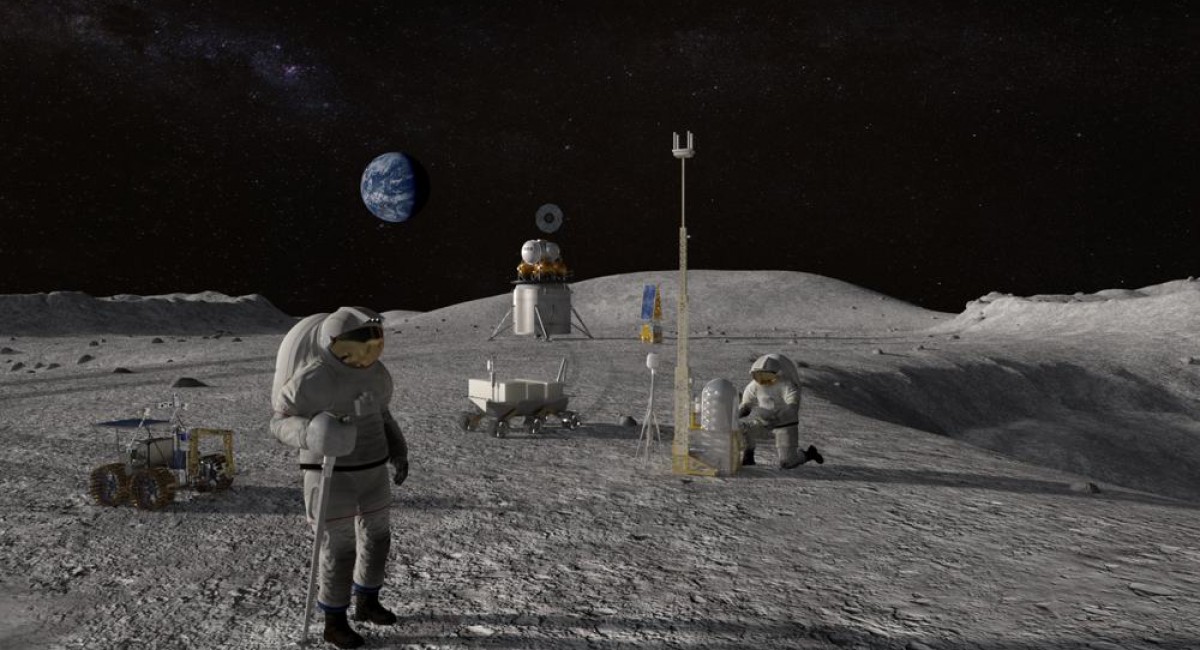SEARCH
Microchip will build NASA's new processors for space missions

SHARE IT
NASA's Jet Propulsion Laboratory has selected Microchip Technology Inc. to undertake the development of the High-Performance Spaceflight Computing processor, which will provide 100 times more computing power to the space service's systems compared to those it uses today. This capability will greatly aid all types of future space missions, from planetary exploration to missions to the Moon and Mars.
Microchip will undertake the architecture, design and delivery of the HPSC processor over a three-year period, with the goal of being used in upcoming missions to the Moon and Mars. The architecture the company is working on will significantly improve the overall computing power to carry out these missions, with the ability to scale according to the needs of each individual mission. The design will also be significantly more reliable, more fault-tolerant, and up to 100 times faster than NASA's current computers. For this particular project, NASA will invest $50 million in Microchip.
Today's approved technologies for Space are designed to meet the highest computing power requirements of each mission, a practice that often leads to design overkill rather than proper exploitation of computing capabilities. For example, a mission to the surface of the planet Mars requires high-speed data transmission and intensive calculations during landing. However, routine motion and scientific processes do not require that many calculations per second. Microchip aims to offer with its architecture great flexibility in distributing the computing power of the processor according to the needs that arise, so that energy is saved at the same time.
It is possible that the HPSC processor will find application in other types of industries beyond NASA's "space" needs. We will find out within the next three years.
MORE NEWS FOR YOU

 Help & Support
Help & Support 

